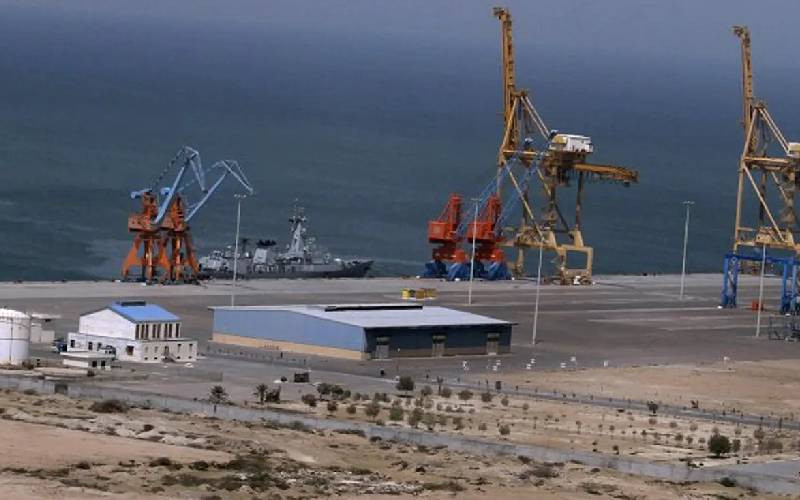
China is finding it tough to justify its many violations in Balochistan, research has revealed.
Titled, 'Construction of China-Pakistan Economic Corridor (CPEC) under the BRI Vision, a research paper published recently indicates that while the two governments are leaving no stone unturned to promote the benefits of the CPEC for Pakistan's economy, they are finding it increasingly difficult to justify the oppression of local dissent coming from the ethnic group within the region of Balochistan, from where a large portion of CPEC passes.